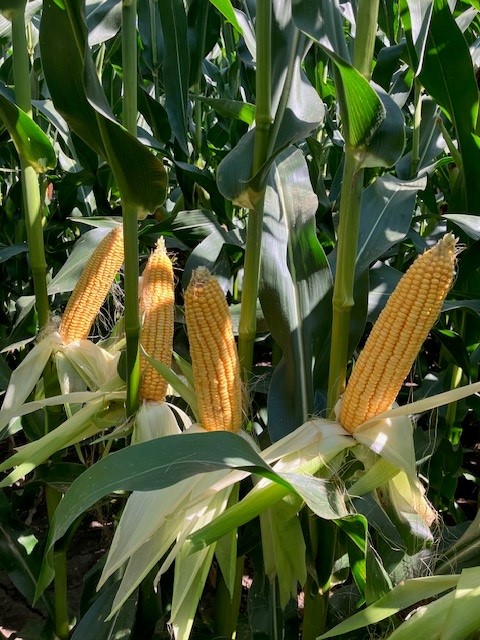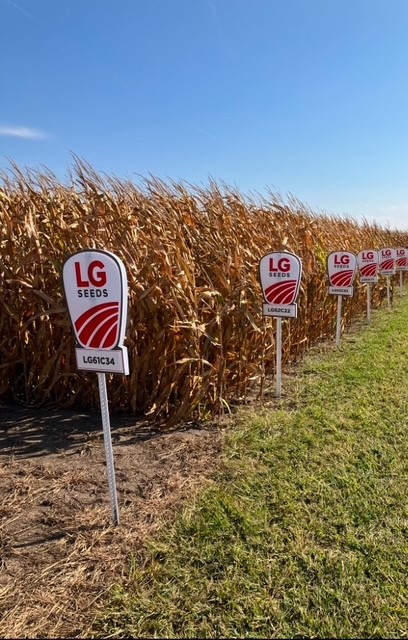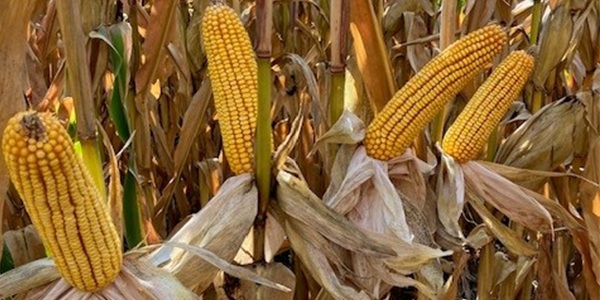AGRONOMICSUPPORT
YOU CAN TAKETO THE FIELD
Strong Agronomic Business Plans Lead to Strong Economics
Farm operating margins are a major concern heading into 2025. “Farmers are looking at their bottom dollar, and that tends to be their main decision driver,” says LG Seeds Agronomist Jed Norman. But financial decisions must be weighed against their agronomic implications.
Key points
- Decisions should align with a farmer’s goals and field history.
- Frequent scouting can help farmers be proactive with troubleshooting.
- Smart hybrid placement lays the foundation for the season.
“It can be a snowball effect,” Norman shares. “Making good agronomic decisions today ultimately sets you up long term. But a short-sighted move to cut costs can cause problems down the road.”
Reviewing crop input plans with both a financial and an agronomic perspective can set farmers up for more informed, efficient farm management in 2025 — and beyond.
Set reasonable goals
Norman’s first recommendation is simple — know your goals, but make sure they’re grounded.
“Know what your fields are capable of and set realistic expectations and goals,” Norman says. “That can help keep your management decisions in check.”
As experts in their own fields, Norman encourages farmers to keep looking for ways to improve their operation. “You know what’s happened, what’s taken off and what your yield-limiting factors were,” Norman says. “Address those issues. Look for efficiencies and opportunities to add bushels. Consider whether cuts will cost you yield.”

Never stop scouting
Frequent scouting can help farmers make quick, yield-saving decisions. In Norman’s territory of northern Iowa, wet weather last spring caused nitrogen loss in some fields. Farmers who scouted, did some nitrate testing or leaf sampling and opted to add more nitrogen saw it pay off.
“Being proactive and aware of what the crop is going through and staying on top of that agronomy piece will help set you up for success later on,” he says.
Evaluate your farming operation
From fertilizers to herbicides, farmers should look at all inputs that go into their crop production before finalizing their 2025 plans. First place to start? Choosing the best seed for every acre, says Norman.
“That lays the foundation for the success of the whole year,” he shares. “Make sure that you’re positioning that right hybrid on that right acre.”
As an example, Norman says farmers in his geography have turned to traits with multiple modes of action to protect against corn rootworm pressure, which has greatly increased in recent years. This not only addresses the current issue of pest pressure but also helps long term with combatting developing resistance.
“In an ever-changing industry with new threats, technologies and strategies, there’s always something on the operation that can be improved,” Norman says. “Keep being proactive because we can never stop learning.”
Connect with agronomists
Making agronomic adjustments while balancing financials can be challenging, which is why Norman encourages farmers to connect with their local agronomists for additional recommendations or a simple “gut check” on their plans.
“We’re here for a reason,” Norman says. “Whether it’s the low-performing acre or the high-performing acre, we’re here to help deliver those reliable agronomic points and that good ROI."
For help with soil testing, tissue samples or other crop management recommendations for 2025, farmers can reach out to their local LG Seeds agronomist.






